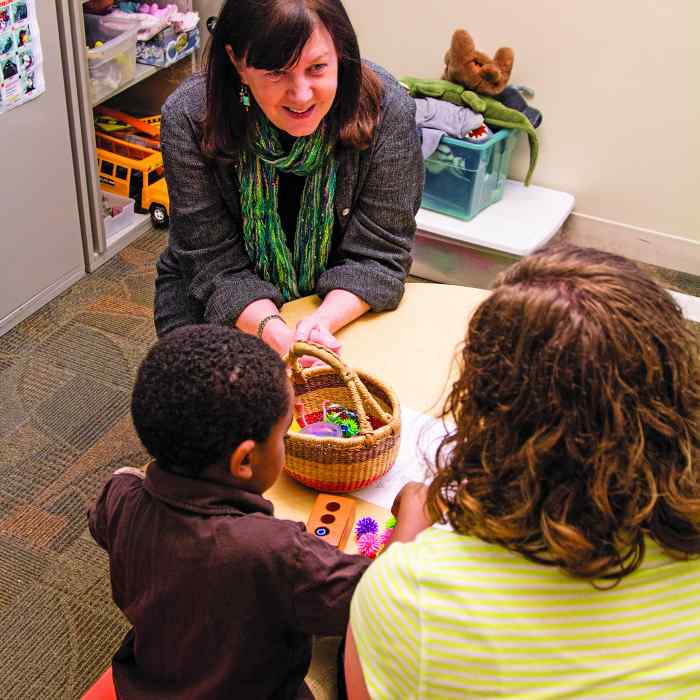Trauma-Informed Organizations: Moving Forward
If you work in human services, chances are you’ve been hearing a lot lately about trauma. Over the last few decades, we’ve learned a great deal about how we’re all impacted by traumatic events, such as accidents, disasters, or family violence. We know much more than we used to about how traumatic events can impact our brains, and how it may influence the way we think, act, and relate to others in both powerful and subtle ways. And we’ve learned how pervasive trauma is among the general population, and especially among the populations receiving services for mental health, substance use, and other challenges.
When service approaches are specifically designed to support children, adults, and families that have experienced trauma, we find that they are more effective than other traditional approaches. A number of service models have evolved, emphasizing factors such as safety, choice, collaboration, and trust. Recently, there has been a growing movement to take what we have learned about trauma and think bigger. What would it look like if our entire organization embodied trauma-informed principles and values?
What if a Whole Community, or Broader Service Systems, Tried to Become Trauma-Informed?
There are numerous efforts underway across the country to do just that – to create trauma-informed organizations, systems, and communities. We do not yet have a lot of research to show us whether these efforts have been successful on a large scale, though we know they have promise.
At the same time, it can be challenging to move in this direction. It can be difficult to recognize and understand the impact of trauma. Fully becoming trauma-informed requires organizations to change on a number of levels, such as policies, procedures, communication strategies, and physical environments. Many organizations, especially those in the human services sector, can be highly challenging places to work, contributing to higher levels of burnout and stress and less energy to promote organizational change.
So what can we do?
How Can We Move These Efforts Ahead?
Complete an Assessment
There are numerous organizational assessments out there, and they can be a useful first step in assessing where you currently are, and some possible priorities for organizational change.
Don’t Try to Change Everything at Once
Select a few strategies to move ahead. Maybe it’s most critical for you to make your environment more welcoming. Perhaps supporting employee self-care and well-being is a top priority. Or maybe you want to tackle organizational decision-making or communications strategies. Consider what activities will make the most profound impact on your employees or service recipients, and what activities have a reasonable chance of success. As you achieve some goals, add new ones.
Engage Staff and Others in the Conversation
Becoming trauma-informed can’t be one person’s vision. Talk to each other, including staff at all levels and consumers. What would it look like/feel like if we became trauma-informed? What would have to change?
Provide Ongoing Support
Training can be an important first step in creating a shared understanding of trauma and trauma-informed care. However, it is not enough. Consider opportunities for ongoing discussion, reflection, and coaching.
Be Persistent
Organizational change does not happen overnight. It takes time and patience. Stick with it and celebrate your successes along the way.
I have had a number of recent conversations in which I have been asked, is trauma-informed care just the latest human services fad? If we wait it out, will this disappear, to be replaced by the new “flavor of the month?” It’s possible. The history of human services includes lots of well-intended and promising frameworks that became popular, only to fade away. However, we need to remember why people are promoting trauma-informed approaches. At its core, trauma-informed care is about treating each other with compassion, sensitivity, openness, and support. And doesn’t the world need more of that?
Cheryl Holm-Hansen was a senior research manager in Wilder Research, with expertise in child and adolescent mental health, including early childhood mental health, school-based mental health, and recovery from trauma.
